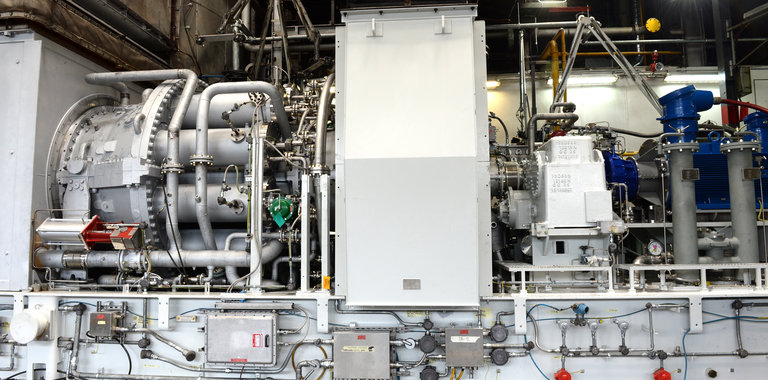案例分析
针对框架5 DLN1涡轮机量身定制的新传感器设计
2021年3月12日
Every gas turbine exhaust produces NOx emissions, but a turbine with DLN1 combustion uses a fuel-lean ratio to minimize NOx. That requires precise premixing of fuel and air before ignition.
不幸的是,标准火焰传感器没有帮助管理该精确过程所需的极端紫外线灵敏度,因此涡轮机无法成功完成启动。
Our Reuter-Stokes team created a new version of the FTD 325 specifically for this application. We installed the first four of these new increased-low-gain (ILG) sensors on two DLN1 Frame 5 turbines at a customer's LNG facility. They enabled easy transition from lean-lean to premix combustion without interruption—and successful start-up of both units.

